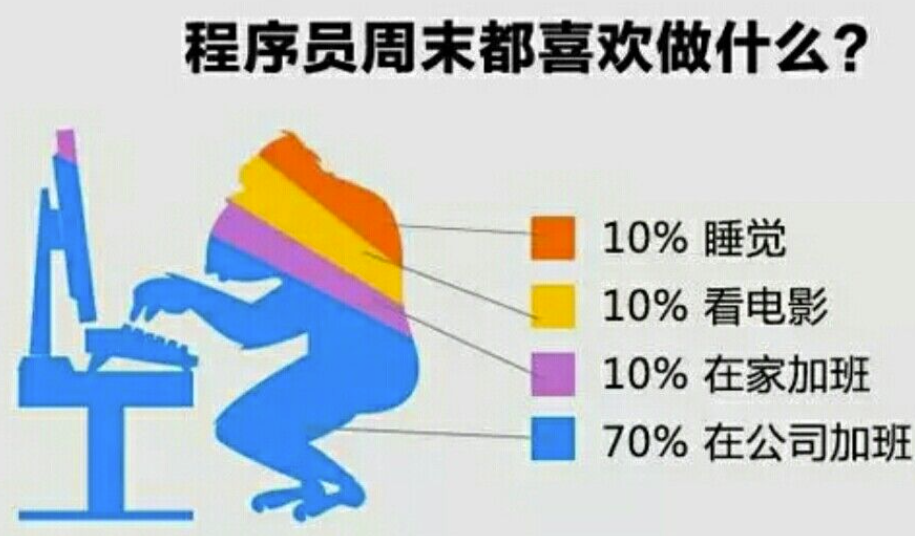The passage you provided discusses the investigation of the β phase of NiOOH and its interaction with water, specifically focusing on surface properties and energies. Here’s a summary of the key points:
Porbaix Diagrams Limitation: The text notes that Pourbaix diagrams typically represent bulk phases and do not account for surface contributions, which are important in understanding how materials interact with water under reaction conditions.
Choice of NiOOH β Phase: The study focuses on the β phase of NiOOH because it has the lowest energy in reaction conditions as determined by reliable HSE06 calculations compared to PBE+U.
Surface Energy Calculations: VASP-SOL and VASP-MGCM solvent models were used to calculate surface energies in aqueous solutions, revealing that being in solution generally reduces surface energies.
(001) Surface Analysis: The (001) surface was identified as having the lowest energy across all models examined. Further investigations were carried out with explicit water present on these surfaces.
Water Coverage Effects: Various levels of H2O coverage were simulated, showing an adsorption energy around -0.27 eV/molecule for different coverages. However, intercalating H2O molecules into layers presents more complexity; it’s energetically demanding when few molecules are added but becomes favorable with four or more due to cooperative effects.
Negative Surface Energy Phenomenon: At high-density adsorption and intercalation, a negative surface energy can occur, indicating that layered structures can spontaneously form on NiOOH (001) surfaces.
Two Water Layers Formation: The formation of two layers of water results in more hydrogen bonds and lowers the intercalation energy further to -0.40 eV/molecule, comparable to adsorption energy.
Conclusion About Water Molecule Incorporation: The results suggest that water incorporation into NiOOH layers is energetically feasible and plays a significant role in volume expansion during oxygen evolution reactions (OER), contributing to the transition from NiO to γ-NiOOH under OER working conditions.
Overall, this analysis emphasizes the critical role of water in modifying surface properties and facilitating structural changes in nickel oxyhydroxide during electrochemical reactions such as oxygen evolution.
内容由零声教学AI助手提供,问题来源于学员提问


![驱动代码
void kalRxTaskletSchedule(struct GLUE_INFO *pr)
{
static unsigned int num = 0;
tasklet_hi_schedule(&pr->rRxTask[(num++)%NR_CPUS]);
// tasklet_hi_schedule(&pr->rRxTask);
DBGLOG(HAL, ERROR,](https://linuxcpp.0voice.com/zb_users/upload/2023/05/202305162226144313964.png)

















